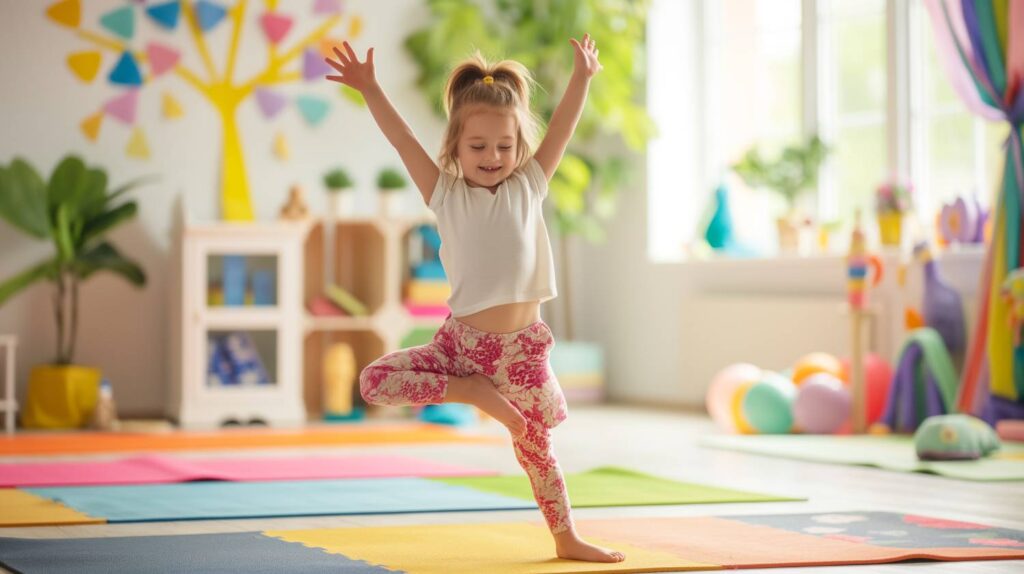Physical therapists are body detectives. We love uncovering the source of your mysterious knee or back pain, or figuring out why things aren’t working the way you expect them to.
When our adult clients come to us, our job is to do a lot of listening, because they will often tell us much of what the problem is. We just have to put their story together with our clinical exam to solve the problem.
When Emily Olson, one of pelvic health physical therapists, works with kids, she typically needs to ask a lot of questions to get all the information she needs. Watch the kids move. Test their strength and coordination.
And that’s exactly what Emily does when she works with kids experiencing toileting challenges.
Here are some of the specifics:
- Unlike adult pelvic health PT, there is no internal exam or treatment with patients under the age of 18.
- Parents are part of the care team and are present for treatments. This is definitely a team effort! By being present for treatment, Emily helps parents build up their tools to help support their child in resolving their toileting issues once and for all.
- Bladder and bowel diary: Until we write it down and track it carefully, we really don’t know how many times a day we are going to the bathroom. Or if we have times of the day we go more frequently. This is often the first place to start so Emily can figure out what your child’s current normal is and how that is playing into the challenges they are having.
(It’s also a great way to track progress for kids and parents!) - Food and hydration diary: Again, until we document it, we don’t have a realistic view of what and when we’re eating and drinking and both are important. The real magic is putting the food/hydration diary together with the bladder/bowel diary. So much great info there!
While your 4-11 year-old isn’t drinking bladder irritants like coffee and wine, it might surprise you what foods and beverages that kids enjoy that are bladder and bowel irritants or the source of constipation. Doesn’t mean these things need to be eliminated from their diet, but the volume and timing of their consumption is important to consider. - Strength and coordination: Many kids experiencing toileting challenges have limited strength in their hip, pelvic and core musculature. Your child will learn fun, play-based exercises for optimizing their strength and gaining more control of their movements.
Once you’ve decided to seek help for your child’s toileting challenges, you can expect to start with 4-6 weekly visits. While some kids may need more visits, 4-6 weekly visits is very typical. After those 4-6 visits, where we’ve built better bowel and bladder habits, we’ll work together to determine the frequency of support that best fits each family’s needs going forward.
We’re thrilled Emily’s part of the team and we look forward to helping you and your family as your “body detective”.
If you have friends or family who are struggling with their 4-11 year-old child’s persistent toileting challenges, please send them this article. It takes a village!
Call/text 206-535-7356 or email schedule@elizabethrogerspt.com to schedule time for you and your child with Emily today. Summer break is the perfect time to commit to resolving these issues, so that your child returns to school in the fall with confidence!






